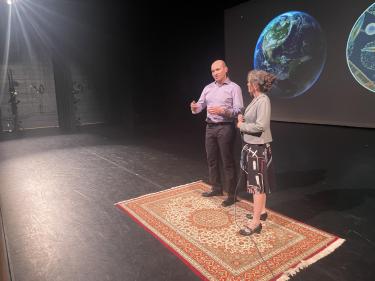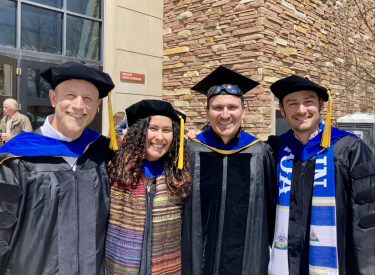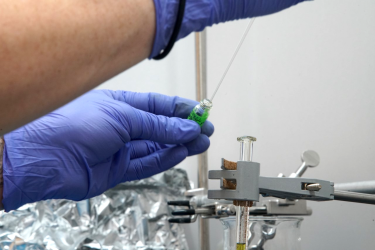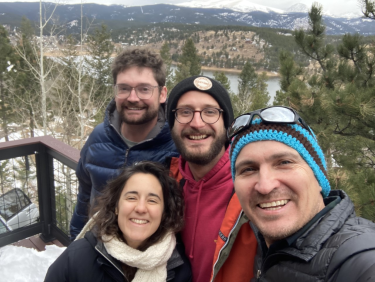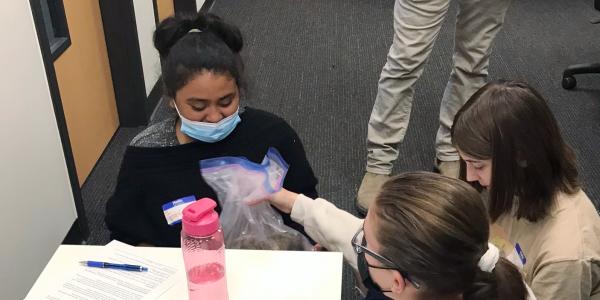We strive to unravel the mechanisms driving biological adaptation to environmental stressors through chemical modifications of cell membrane lipids (biomarkers). We use this knowledge to reconstruct the co-evolution of climate, environments, and microbial and biogeochemical processes through Earth’s history with the ultimate goal of providing context for possible future scenarios of our Earth system.
Our lab is a shared analytical facility for multidisciplinary and collaborative research. Other investigators in our shared space include Caj Neubauer and Kristýna Kantnerová.
Julio Sepúlveda
Director
Lennart van Maldegem
Lab manager
Edgart Flores
Postdoc
David Harning
Postdoc
Jonathan Raberg
Postdoc
Maria Luisa Sánchez Montes
Postdoc
Muhammad Haikal Ezhar bin Abu Bakar
Grad student
Harry Allbrook
Grad student
Robert Kelleher
Grad student
Contact
Julio Sepúlveda for lab and group inquires, including if you would like to join our group.
Phone: 303-735-6877 SEEL room 214A
Lab Phone: 303-735-3277 SEEL room 218
Who are we?
We are a diverse group of Earth scientists who study the interplay between changing environments, ecosystems, and climate.
Click on a photo to zoom
Research
The Organic Geochemistry Group studies the interplay between microorganisms, biogeochemical processes, and climate in contemporary settings (e.g., continental margins, marine oxygen minimum zones, extreme environments), and paleo-ecosystems across major climatic/biotic transitions in Earth history (e.g., mass extinction events, greenhouse climates, glacial-interglacial transitions). We approach these systems with a focus on the structures, distributions, and stable isotope composition of cell membrane lipids (biomarkers) that can be identified in water bodies, sediments, soils, and their fossilized remains preserved in the rock record.
Our research spans multiple disciplines:
- Organic geochemistry and biomarkers
- Stable isotope geochemistry
- Geobiology and life in extreme environments
- Paleoceanography
- Paleoclimate
- Chemical and biological oceanography
Lab & facilities
The Organic Geochemistry Laboratory (OG Lab) at CU Boulder is a shared analytical facility for multidisciplinary and collaborative research in fields as diverse as biogeochemistry, geobiology, astrobiology, environmental microbiology, paleoceanography, paleoclimatology, and energy, among others.
The OG Lab focuses on the extraction, purification, separation, and chemical and isotopic characterization of organic molecules extracted from a wide array of environmental and culture samples. Our state-of-the-art analytical facility, housed in the Sustainability, Energy and Environment Complex/Laboratories (SEEC/SEEL), began its operation in Summer 2016 and was specifically designed for research operations in organic geochemistry and compound-specific isotope ratio mass spectrometry.










